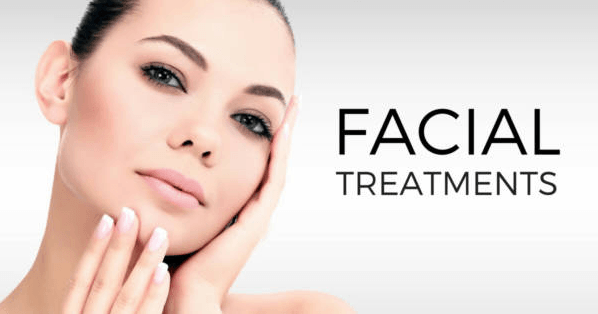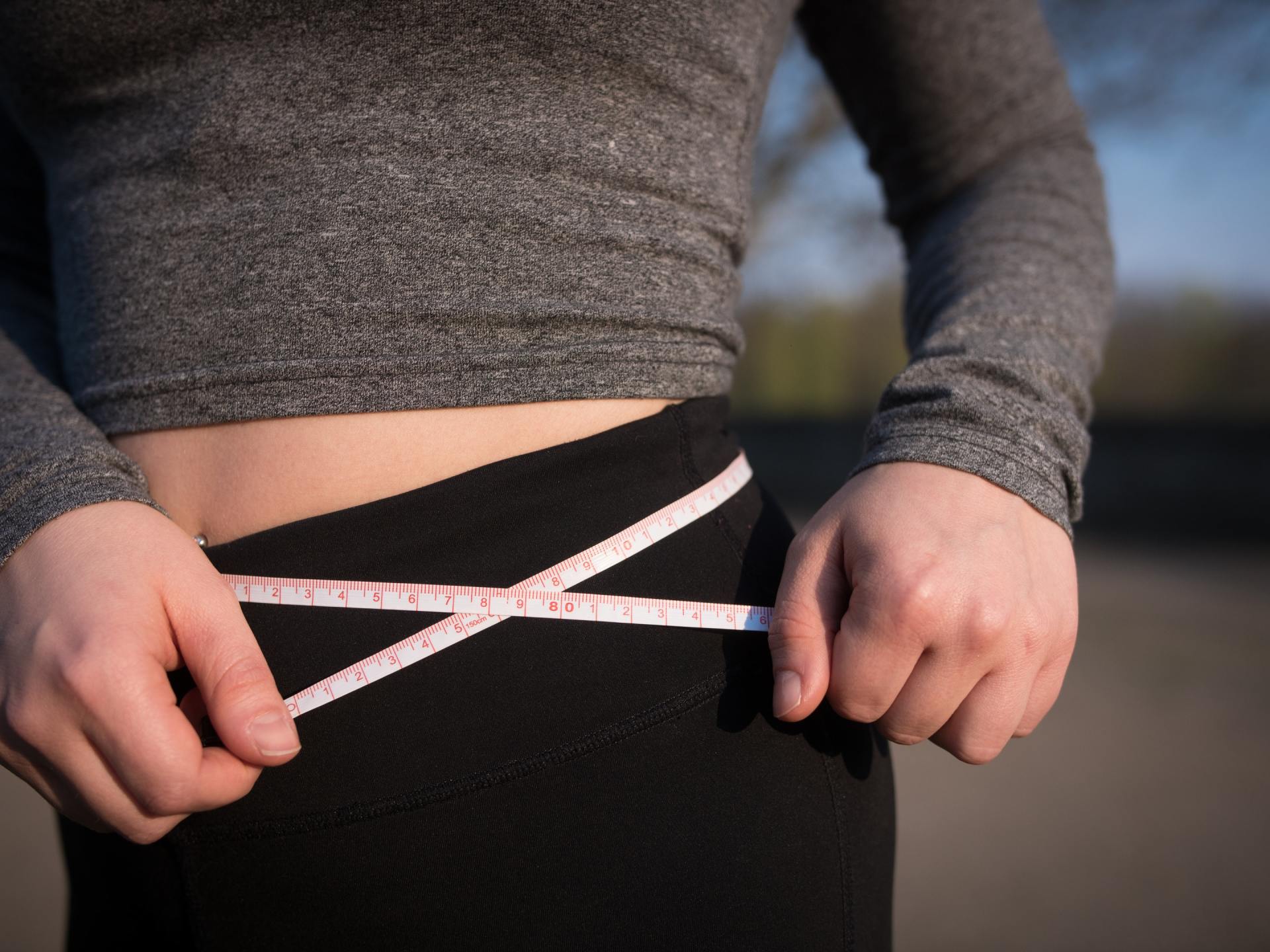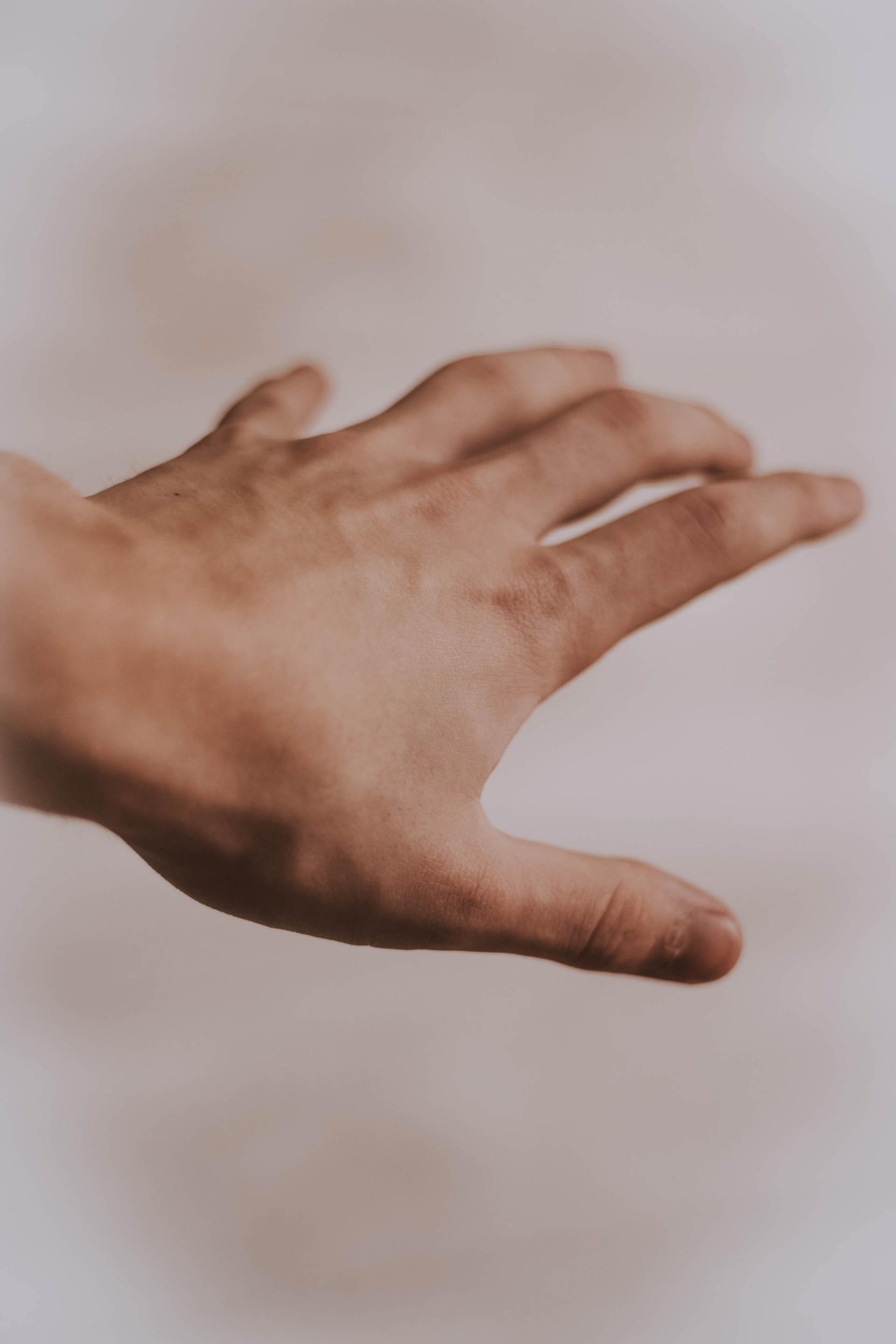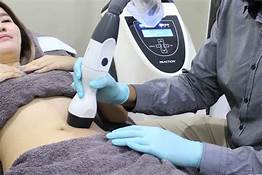Excessive Sweating
Russell Gornichec • August 16, 2019
It is important to understand the reasons for excessive sweating before requesting therapies that may be expensive or have significant side effects. Consultation with an experienced provider is key to discussing your options. If you desire free consultation for excessive sweating and would like to discuss therapeutic options then call Laser Solutions Medical Spa in the Hot Springs, AR area at 501-781-0772 to schedule an appointment.
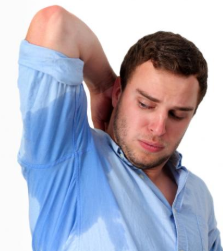
Hyperhidrosis (Excessive Sweating)
Contact Us
I frequently get asked by my patients and clients regarding therapeutic option to address excessive sweating. Because these questions are becoming more common, I decided to write this blog regarding a less common issue called primary hyperhidrosis.
If you experience clammy or wet palms of the hands or feet, frequent excessive sweating episodes in any body region, noticeable sweating that soaks through clothing, irritating and painful skin problems brought on by sweating such as fungal or bacterial infections, if you spend a large amount of time each day dealing with sweating issues; such as changing clothes, wiping, placing napkins or pads under the arms, washing, wearing bulky, or dark clothes, worry more than other people about body odor, and you stop sweating when you're sleeping (for unclear reasons excessive sweating during sleep is not common for people with primary hyperhidrosis) then you may have primary hyperhidrosis. A disease that is estimated to affect 2-3% of the population (approximately 7-8 million Americans) according to the International Hyperhidrosis Association and can lead to social stigma, psychological issues and embarrassment for anyone suffering from this ailment no matter what age.
The good news is that there are treatment options that may help reduce or eliminate this problem.
The first step is diagnosis and usually starts with an examination and possibly some simple blood test to rule out secondary causes (the person sweats too much because of certain medications or underlying health condition, (i.e. obesity, gout, menopause, certain tumors, chemical toxicity, diabetes , or hyperthyroidism (overactive thyroid gland).
On initial evaluation your provider may ask you specific questions or to fill out a short questionnaire to determine the extent and severity of the sweating episodes. Questions like:
Do you carry anything around to deal with episodes of excessive sweating, such as napkins, antiperspirants, towels, or pads?
Does hyperhidrosis affect your behavior or mental state when you are in public?
Has hyperhidrosis had any effect on your employment?
Have you ever lost a friend due to hyperhidrosis?
How often do you change your clothing?
How often do you wash or have a shower/bath?
How often do you think about excessive sweating?
If you meet at least two of the above criteria, chances are you have primary focal hyperhidrosis, and you should make an appointment with a knowledgeable provider with treatment options for people with hyperhidrosis.
Common testing may be performed: several tests are available to pinpoint the areas of sweating and estimate the severity of your condition, including an iodine-starch test, skin conductance and a thermoregulatory sweat test.
Identifying a cause:
Sweating is a natural response to warm weather, intense physical activity, stress, and feelings of fear or anger. With hyperhidrosis, you sweat more than usual without a reason. The underlying cause depends on which type of hyperhidrosis you have.
There are two types of hyperhidrosis.
Primary focal hyperhidrosis
Sweating mainly occurs on your feet, hands, face, head, and underarms. It usually starts in childhood or adolescence and can be associated with a family history in some cases. Not usually seen while sleeping.
Secondary generalized hyperhidrosis
Secondary generalized hyperhidrosis is sweating caused by medication or health issue. Secondary hyperhidrosis generally starts in adulthood. With this type, you might sweat all over your body, or in just one area. You might also sweat while you’re sleeping.
Link to medications and health issues that can cause secondary hyperhidrosis
https://www.sweathelp.org/pdf/drugs_2009.pdf
https://www.sweathelp.org/pdf/Diseases_2009.pdf
Whether you have primary or secondary hyperhidrosis can be determined by asking yourself a few questions as outlined by and published in the Journal of the American Academy of Dermatology, (2004, Vol. 51, P. 274-86). This link has a great deal of helpful information.
Once primary hyperhidrosis is diagnosed, and you desire seek treatment then options should be discussed and understood before proceeding.
Treatments Options
Any discussion regarding treatment options should include some natural remedies. These include
• alterations in lifestyle and activities to improve symptoms, behavior therapies by trained professionals
• clothing choices (Loose clothing is better).
o Shoe wear - synthetic materials are more likely to worsen symptoms.
o Natural materials, such as leather, are recommended. Synthetic material like nylon may worsen symptoms
o Socks - some socks are better at absorbing moisture, such as thick, soft ones made of natural fibers like cotton.
• Use of Antiperspirants - deodorants do not stop sweating, but antiperspirants do. Non-prescription formulas containing aluminum are recommended and if ineffective prescription antiperspirants can be employed (more below).
• Armpit shields - pads worn in the armpit to protect a garment from perspiration.
If these measures are not effective, medical treatment may help.
The usual approach to treating excessive sweating generally proceeds as follows:
• Antiperspirants
Over-the-counter antiperspirants containing a low dose of metal salt (usually aluminum) are usually tried first because they are widely available. Antiperspirants containing aluminum chloride may be more effective when other antiperspirants have failed.
Aluminum Chloride Hexahydrate and Excessive Sweating
When regular antiperspirants fail to treat excessive sweating, many providers start by recommending aluminum chloride hexahydrate (Drysol), a prescription-strength version of aluminum chloride. It is applied before bedtime 2 to 3 nights in a row, then roughly once a week thereafter to maintain improvement. This treatment works reasonably well for many patients whose problem is excessive underarm sweating, but it is less desirable for most of those with palm and sole sweating.
The main side effect of Drysol is irritation, usually remedied by decreasing the frequency of use, allowing to completely dry or applying steroid cream to the area in question.
• Iontophoresis: a device which passes ionized tap water through the skin using direct electricity.
Iontophoresis was introduced over 5 decades ago and its mechanism is still unclear. Some think that it blocks the sweat glands temporarily. The process uses water and electric current over the skin a few times each week. This usually takes 10-20 minutes daily followed by a maintenance treatment every 1-3 weeks depending on each person’s results.
The devices are sold commercially with prescription for $250-$300.
• Oral Medications: Certain medications can reduce sweating.
Anticholinergics. Some oral medications block the chemicals that permit certain nerves to communicate with each other. This can reduce sweating in some people. Possible side effects include dry mouth, blurred vision and bladder problems. Oral anticholinergic drugs such as glycopyrrolate (Robinul) are not commonly used for excessive sweating, because in order to work they often produce side effects like dry mouth, blurred vison, and urinary retention. Oral medication is typically reserved for people who have tried first-line treatments without success.
Antidepressants. Some medications used for mood disorders can also decrease sweating. In addition, they may help decrease the anxiety that worsens the hyperhidrosis.
• Botox (neuromodulators) and Excessive Sweating
Botulinum toxin A (Botox), and other neuromodulators (Xeomin, Dyspot) are nerve toxins that can temporarily paralyze muscle and are often used as a cosmetic treatment for fine lines and wrinkles. They can also be utilized in many areas of medicine, such as in the treatment of certain muscle spasms and migraine headaches. Their latest medical intervention is the treatment of excessive sweating and have received FDA approval recently for hyperhidrosis in certain body regions.
A small amount of toxin is injected with a very fine needle into roughly 25 to 20 spots in each underarm. This may produce 6-12 months of complete relief from sweating. This is usually painless and does not require local anesthetic although topical pain-relieving ointment is sometimes requested and used.
Currently, the FDA has not approved Botox for sweating of the palms and soles of the feet, though some physicians are administering it as an off-label use, reportedly with success. Palm injections cause more pain, requiring more aggressive means to numb the hands in order to make the injections comfortable. Skilled practitioners have also used Botox for the head and face, as well.
• Microwave therapies: Mira Dry@ is a treatment which uses microwave energy to permanently kill sweat glands. It was FDA approved in 2011 for the treatment of excessive underarm sweating. It is a noninvasive treatment using electromagnetic energy that targets heat on sweat glands, destroying them. Local anesthesia is used, and the skin is cooled during this hour-long procedure. It can be repeated 2-3 times for optimal effect.
Possible side effects are a change in skin sensation and some discomfort. This therapy may be expensive and not widely available.
• Lasers: Lasers can target and kill the underarm sweat glands.
Lasers can focus heat a narrow beam of heat to destroy underarm sweat glands and can be done faster with a faster recovery.
• Surgery (may be considered after primary treatment failure)
Thoracic sympathectomy
This is a type of nerve surgery (sympathectomy). During this procedure, the surgeon cuts, burns or clamps the spinal nerves that control sweating in your hands. In some cases, this procedure triggers excessive sweating in other areas of your body (compensatory sweating).
Surgery is generally not an option for isolated head and neck sweating
Sweat gland removal.
If excessive sweating occurs just in your armpits, removing the sweat glands there may help. A minimally invasive technique called suction curettage may be an option as well if you aren't responding to other treatments.
It is important to understand the reasons for excessive sweating before requesting therapies that may be expensive or have significant side effects. Consultation with an experienced provider is key to discussing your options. If you desire free consultation for excessive sweating and would like to discuss therapeutic options then call Laser Solutions Medical Spa in the Hot Springs, AR area at 501-781-0772 to schedule an appointment. Even if we do not offer the best treatment offer for you at our locations, we may be able to direct you to the right specialist to discuss other alternatives to consider. The bottom line is there are more therapeutic interventions that were not available a decade ago that may help to alleviate or even eliminate this issue in your life.

Types of hair removal (not all-inclusive list) Shaving : (cheap, easy, quick, duration 1-3 days) Cutting the hair shaft at skin level with a sharp razor. The easiest method we rely on, and one of the cheapest, is also one that can leave our skin bumpy, stubbly and even bloody. When hair is cut at an angle it may tend to grow inward and cause “ingrown hairs” especially if curly in nature. This may cause inflamed and bumpy skin (infection) that may not resolve until hair is removed. Depilatory creams : (more expensive than shaving, easy, quick, 1-2 weeks duration) This technique uses chemicals that dissolve the hair shaft to skin level or a little below. Less likely to get ingrown hairs. Just make sure to read labels and follow instructions very carefully, and to test the cream on a small patch of skin on your arm or leg to check if you’re allergic and before trying it on more sensitive areas. Depilatory creams dissolve hair in minutes, but they tend to smell like wet dog mixed with gasoline. Waxing : ($, painful, duration is like depilatory creams) Waxing involves applying hot or cold wax to an area and removing the wax, together with the body hair, with a strip of cloth. This breaks the hair shaft at skin level or below. You can do it on your legs, underarms, bikini area, eyebrows, and upper lip – but it’s best left to the professionals. If you’re a seasoned “waxer” and know what to expect in terms of pain and aftercare, ready-to-use wax strips can be locally purchased and utilized as DIY. Sugaring : ($, can be DIY, similar duration to waxing) Sugaring is like waxing, but the method uses sugar mixed with a paste or gel instead of wax. It’s a traditional hair-removal method popular in the Middle East. Recommend having it professionally done if it’s your first time to try it out. Reportedly less painful. Threading: (cheap, quick, painful, longer duration than shaving) Threading involves twisting a piece of thread together (hence, the name) to trap hair in the area where the thread intersects. By doing this, each hair is pulled out from the root, like tweezing or waxing. Small areas of the body are best for threading, like your eyebrows or upper lip. Results like waxing but for areas sensitive to waxing or creams. Threading is best done by a professional, especially if you’re getting it done on your eyebrows for quality shaping. Usually a cooling gel is applied afterwards to reduce redness and swelling. Tweezing : (cheap, easy, quick, painful, similar duration to waxing) Plucking hair with tweezers causes hair shaft breakage and is usually used in fine sensitive areas, DIY or professionally performed. Because tweezing involves removing hair one by one, this won’t work so well on large areas. Tweezing would be best for removing strays post-shave or wax. Attempt to tweeze in the direction of the hair growth. Epilation : (special equipment, painful, similar duration to waxing) Epilation is like high-tech tweezing. An epilator has a series of small tweezer heads on a spinning wheel and plucks out your hair from the root as you roll it over your skin. If this sounds painful its because it usually is. Eflornithine hydrochloride cream (Vaniqa) : ($$, possible side effect, long duration hair follicle growth deterent) Not an exfoliant that dissolves the hair shaft but reduces hair growth by enzymatic blockage. Women who feel they have been plagued by little chin hairs or thick facial hair can now benefit from this effective, but costly, prescription product. After approximately two months of twice daily use, the cream slows down hair growth. Electrolysis : ($$, time consuming, less painful, permanent hair follicle eradication) Usually performed by a professional who places a tiny needle with an electric current in the hair follicle. There are two primary hair removal methods with electrolysis: galvanic and thermolytic. -Galvanic hair removal chemically destroys the hair follicle. -Thermolytic removal uses heat to destroy the follicle. In either case be sure to find a professional who is highly trained and knowledgeable. You can get electrolysis on any part of the body. Electrolysis is a permanent way to remove hair. That said it is possible to see hair growth in a region previously treated. The secondary growth you see will not be the same hair that has been treated. It takes anywhere from three to ten weeks for some hair to grow, and a percentage of hairs in a given area can lay dormant under the skin. Important Note: Permanent hair removal applies to follicle damage of active growth hair unit. Because hair can be in one of four growth stages only about 25-30% of any given hair shaft seen at skin surface is amenable to follicular damage. After spending the time and energy of electrolysis on a given area it is sometimes frustrating to find hair growth returning weeks or months later. These represent hair shaft/follicles that were not seen or were missed by prior treatments.



